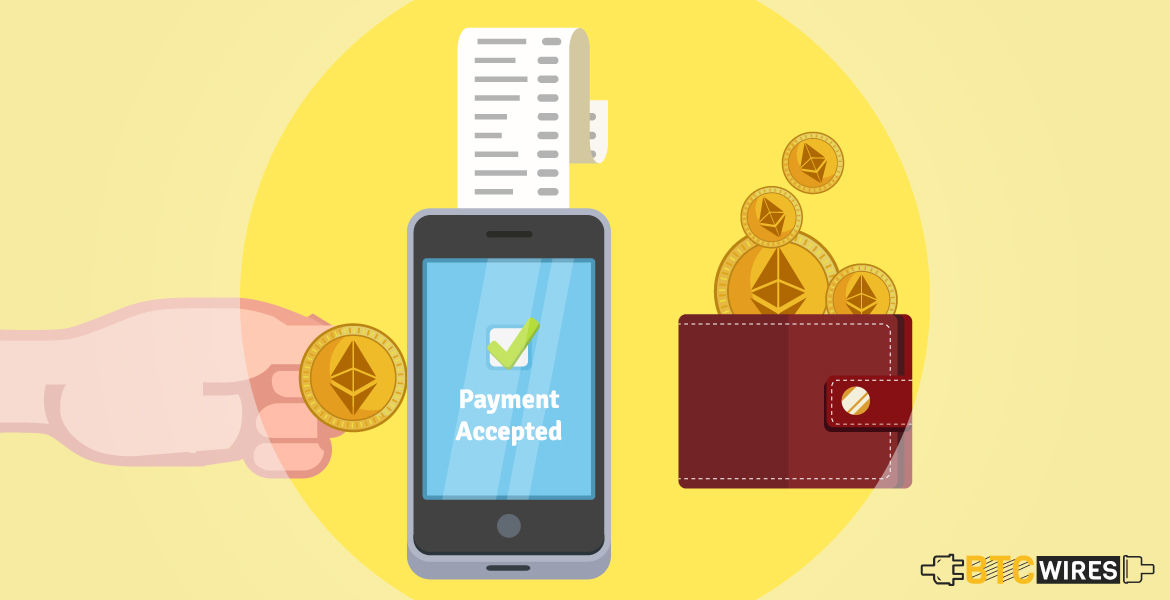Ethereum is one of the most popular blockchain networks out

Ethereum is one of the most popular blockchain networks out there and it is second only to Bitcoin in terms of market cap. Even though Ripple occasionally threatens to take its place, Ethereum has managed to carve a niche for itself in the hearts of investors and enterprise executives alike. What makes it an incredibly unique and smart network is the fact that it is not only meant for currency transfers but also for a variety of use cases it can easily be moulded to. If you already know how to buy Ethereum, you might want to dig a little deeper and find out more about the network-how it works, how it processes its transactions. Here’s a simple, made-easy guide to how Ethereum Transactions work, along with a brief guide to terms you need to know, connected to the process:
Relevant Terms For Understanding Ethereum Transactions:
The following are some of the terms you need to understand before we go in to explain how Ethereum transactions work.
a) Input Address: The address of the sender, where the transaction originates.
b) Output Address: The destination address.
c) Amount: This refers to the amount that is being sent, in Ether (ETH) terms.
d) Gas Price: Amount to be paid to the miner as mining fee for validating a given transaction. A lower gas price entails a slower transaction.
e) Gas Limit: The limit to the amount of processing power that is to be used by the given transaction. The total transaction fee is calculated by multiplying the gas limit with the gas price.
f) Private Key: The key with which the sender (the holder of the input address) signs the transaction before transmission.
How Does An Ethereum Transaction Work?
In Ethereum transactions, all the above-mentioned elements are essential. The public addresses are all stored together, accessible to anyone who wants to view them. However, in order to use one of these addresses and send an amount to a recipient, one requires a private key to sign. Using etherscan, one’s own account’s transactions can easily be used. Ethereum allows users to transmit extremely small transactions or micropayments (down to 18 decimal points). These micropayments form a crucial part of blockchain smart contracts that Ethereum is so well-known for.
How Does An Ethereum Transaction Work With an ERC-20 Token?
Sometimes you might need to send ERC-tokens instead of ETH or Ether over the Ethereum blockchain. In that case, the transaction will work in a manner similar to an ETH transaction but one will also have to choose the token they want to send. The blockchain will also behave slightly differently while processing these transactions. ERC-20 tokens are usually powered by smart contracts and hence require a higher computational power to process it. So, compared to normal ETH transactions, the gas limit is higher because the smart contract technology also comes into play and uses up some of the computational power.
Once you’ve managed to complete an Ethereum transaction through the fairly simple steps involved, you must be careful, particularly when you’re at the receiving end, to make sure you know how to how to secure crypto wallets well. Your wallet is where your private keys would be stored and that would require a sufficient degree of safety.

